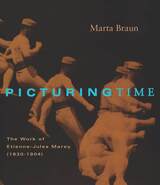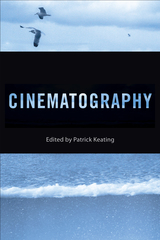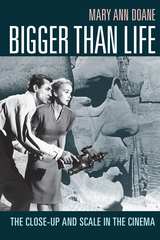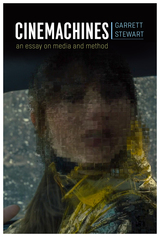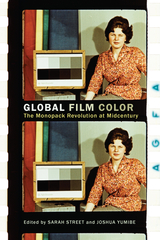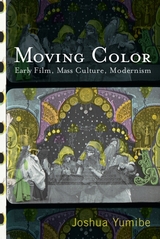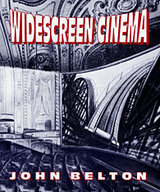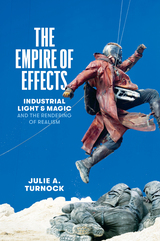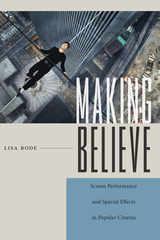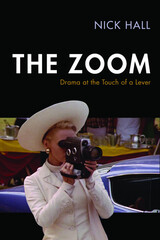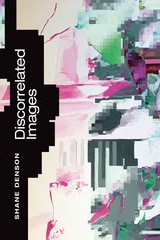Bigger Than Life: The Close-Up and Scale in the Cinema
Duke University Press, 2021
Cloth: 978-1-4780-1356-3 | Paper: 978-1-4780-1448-5 | eISBN: 978-1-4780-2178-0 (standard)
Library of Congress Classification TR848.D63 2021
See other books on: Cinema | Cinematography | Digital cinematography | Motion picture audiences | Scale
See other titles from Duke University Press
Cloth: 978-1-4780-1356-3 | Paper: 978-1-4780-1448-5 | eISBN: 978-1-4780-2178-0 (standard)
Library of Congress Classification TR848.D63 2021
ABOUT THIS BOOK | AUTHOR BIOGRAPHY | REVIEWS | TOC | REQUEST ACCESSIBLE FILE
ABOUT THIS BOOK
In Bigger Than Life Mary Ann Doane examines how the scalar operations of cinema, especially those of the close-up, disturb and reconfigure the spectator's sense of place, space, and orientation. Doane traces the history of scalar transformations from early cinema to the contemporary use of digital technology. In the early years of cinema, audiences regarded the monumental close-up, particularly of the face, as grotesque and often horrifying, even as it sought to expose a character's interiority through its magnification of detail and expression. Today, large-scale technologies such as IMAX and surround sound strive to dissolve the cinematic frame and invade the spectator's space, “immersing” them in image and sound. The notion of immersion, Doane contends, is symptomatic of a crisis of location in technologically mediated space and a reconceptualization of position, scale, and distance. In this way, cinematic scale and its modes of spatialization and despatialization have shaped the modern subject, interpolating them into the incessant expansion of commodification.
See other books on: Cinema | Cinematography | Digital cinematography | Motion picture audiences | Scale
See other titles from Duke University Press
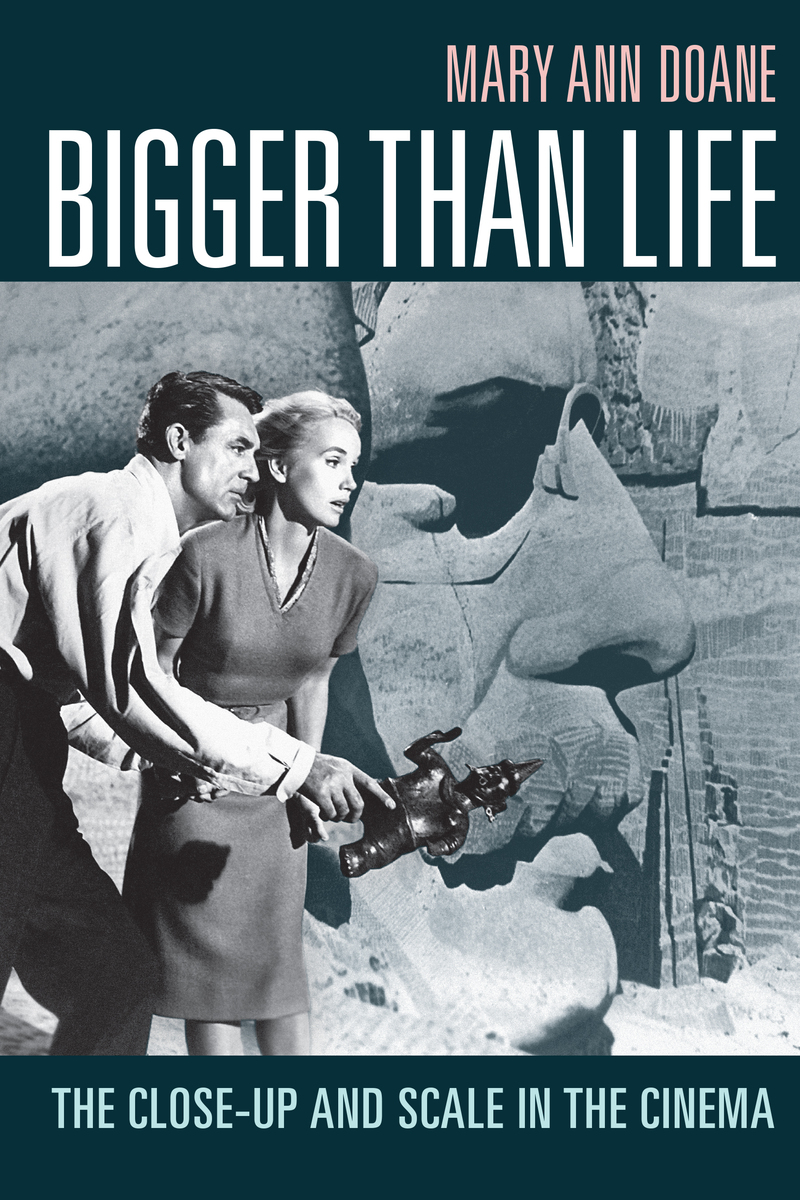
![So That All Shall Know/Para que todos lo sepan: Photographs by Daniel Hernández-Salazar [Fotografías por Daniel Hernández-Salazar]](https://www.bibliovault.org/thumbs/978-0-292-71467-0-thumb.jpg)









